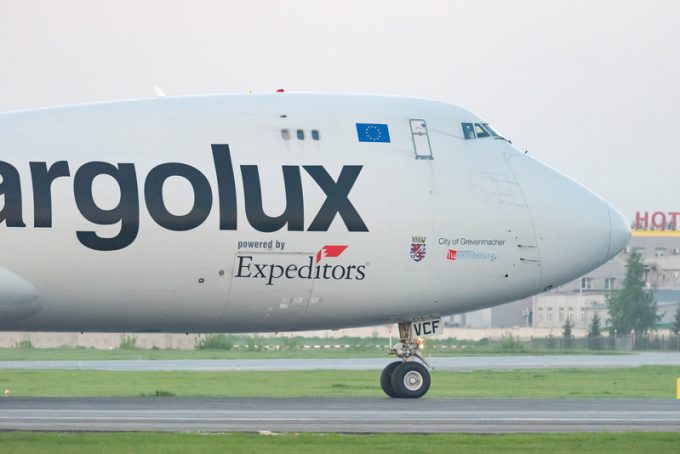IATA accuses Adani of 'capacity gaming' over Mumbai freighter ban
Adani Group-managed Mumbai International Airport (MIAL) is facing pushback from industry groups over a recent decision ...

The shipping lines, with their multi-billion dollar profits (and almost no taxes), are the ones making all the headlines, but the all-cargo airlines, presumably much to the chagrin of their passenger-carrying cousins, are also having a stellar time.
There is no better illustration of the highs ...
Keep our news independent, by supporting The Loadstar
Explosions and 'out-of-control' fire reported on Wan Hai box ship
Red Sea crisis has driven most new capacity into extended Asia-Europe trades
Carrier price hikes hold, driving spot rates higher as space gets scarcer
Four crew members still missing as Wan Hai 503 continues to burn
Crew forced to abandon ship in latest fire on vessel carrying EVs
The Loadstar Podcast | Transport Logistic and Air Cargo Europe 2025
Asia-West Africa ULCV deployment opens new markets for carriers

Comment on this article